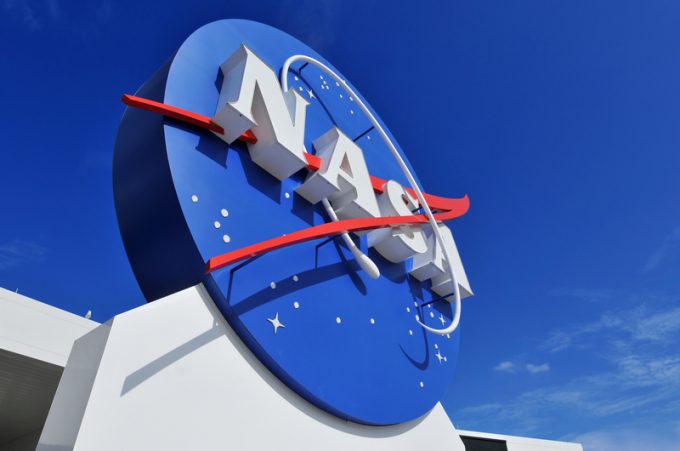Developing drone tech ready for lift-off into the crowded skies
Drone technology is fast developing into a scalable and rapid delivery system. The latest technological ...

Did you know that NASA [the US National Aeronautics and Space Agency] had commissioned a study on the future of the air freight market?
Numerous shippers were interviewed on their experiences and expectations in dealing with airlines and forwarders.
A recurring theme in these interviews was that ...
Comment on this article
P Balasubramanian
March 18, 2017 at 3:30 amNot surprising at all. Still, the reluctance of carriers to deal with shippers directly, even if it is only to understand shipper’s business in terms of their capacity demand, to say the least, is baffling. I always wonder why this industry completely focusses only on the shipper and almost never on the consignee. Thirdly, the strong under current among the so called developed nations’ medium and small forwarders’ not to support digitisation – passive resistance at its best! Any possible light at the end of the tunnel? Possible …… only when major carriers clearly walk their talk and make forwarders see the true benefits of digitisation